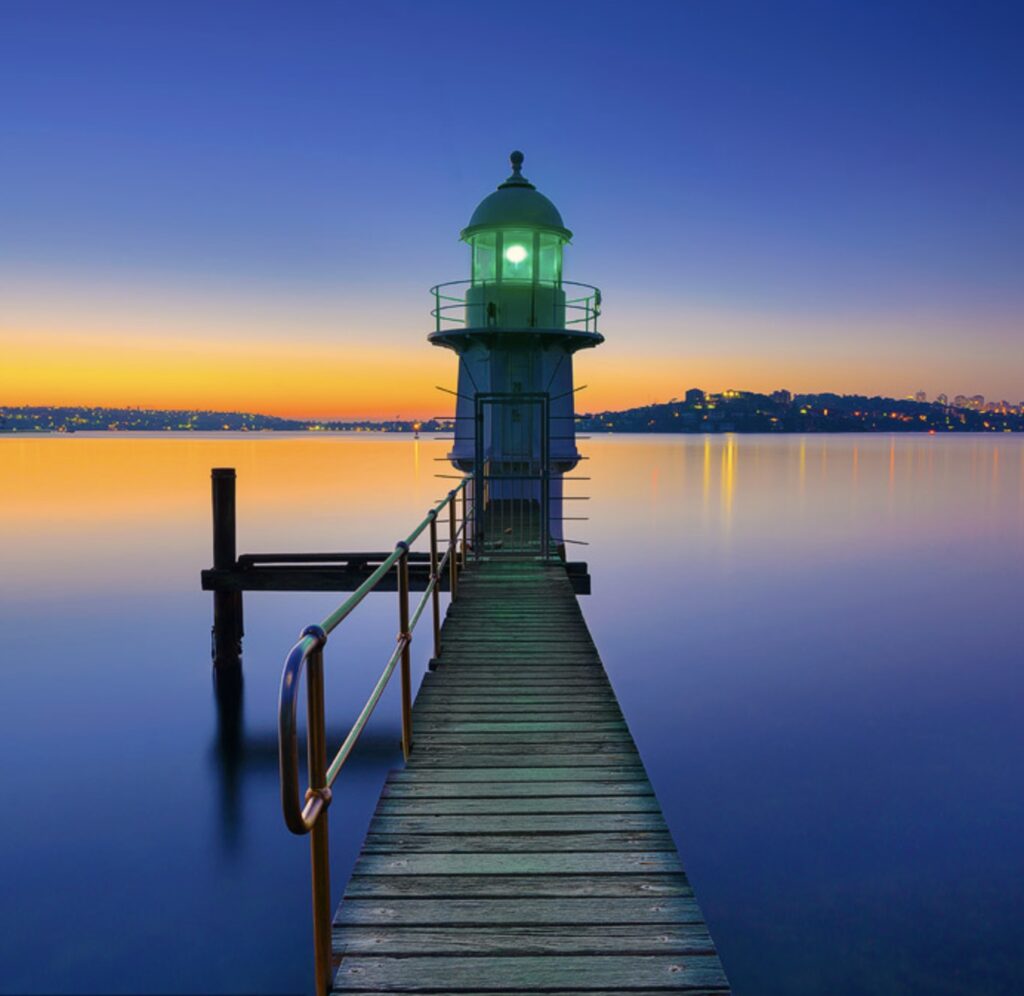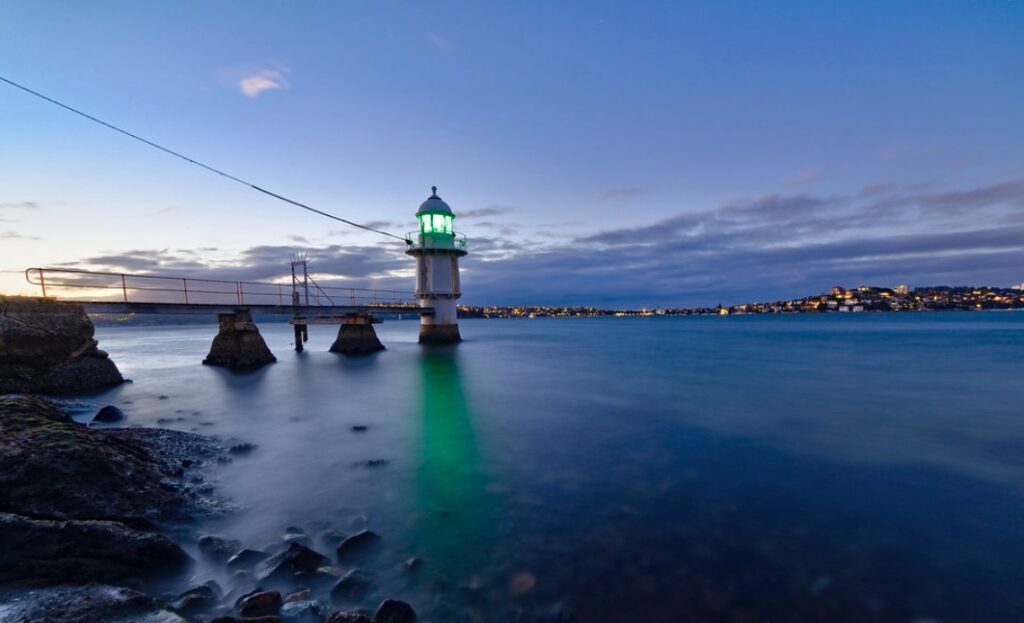
Having completed Act One and had time to unwind and reflect on my journey so far it seemed fitting that not only did Sydney harbour represent the demarcation between Acts One and Two, but it was also provided the perfect backdrop to see in the new year!
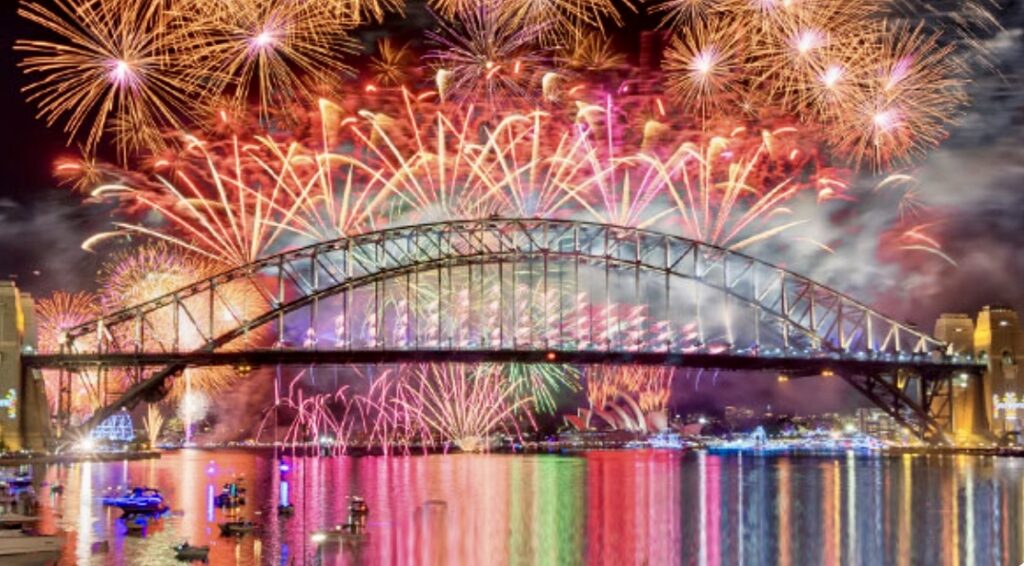
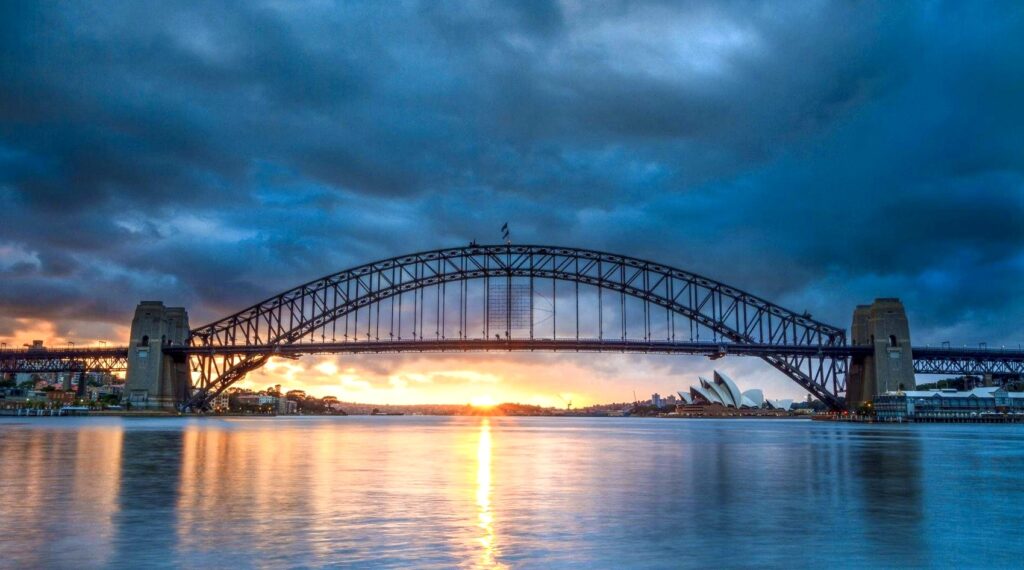
Being born and bred in Sydney I tend to take most of the smaller lights on the inner harbour for granted but each has it’s own story, still serves a practical purpose and in combination forms part of Sydney’s maritime history.
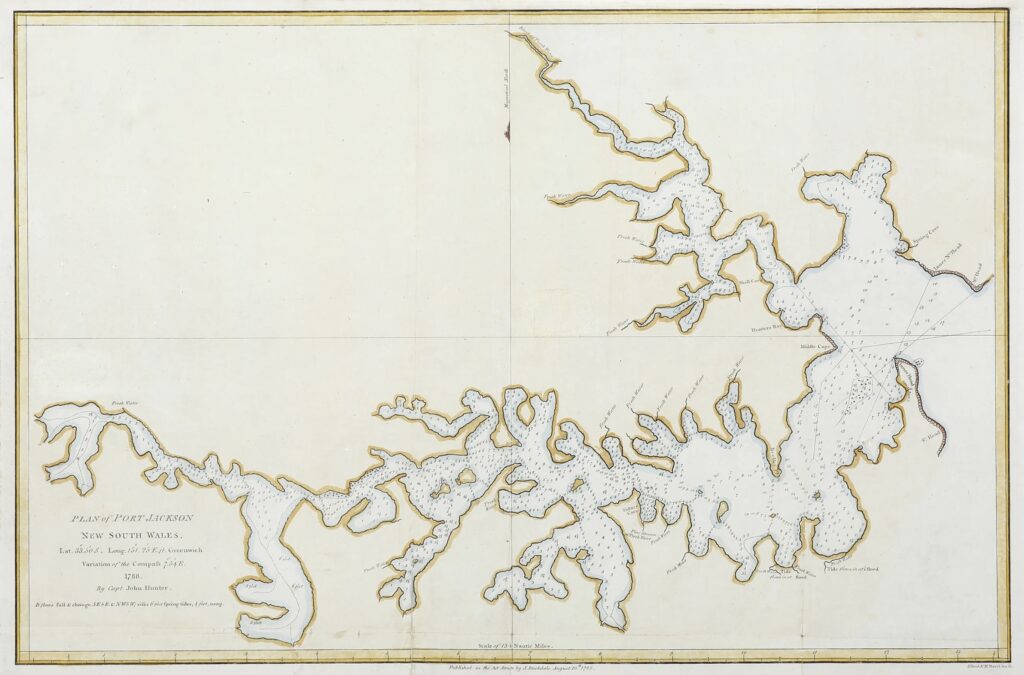
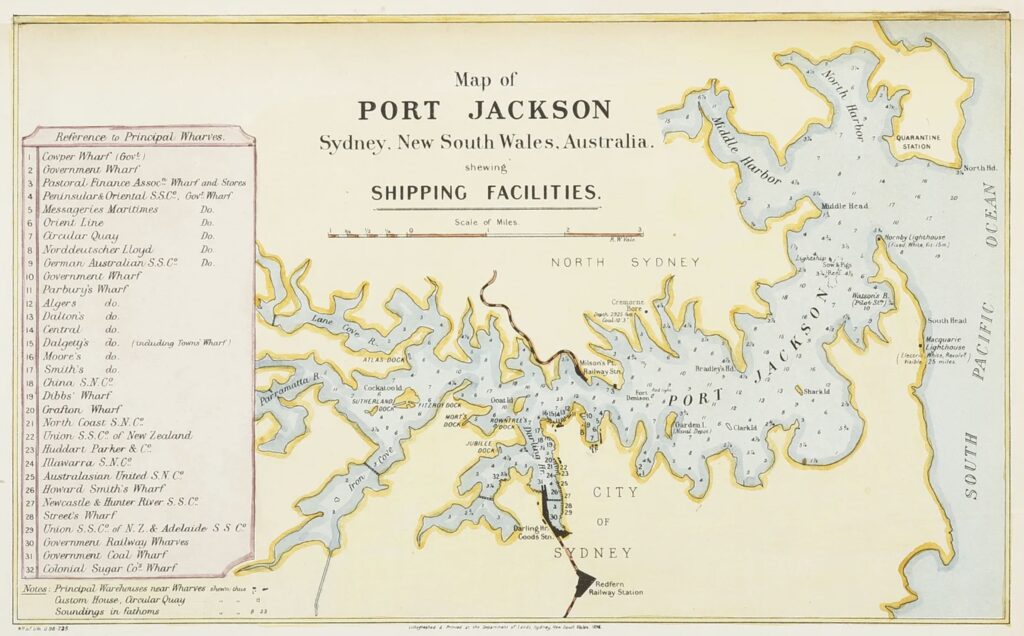

For those of you unfamiliar with Sydney, and in the interests of completeness I’ve attached a map (above) indicating where each of the various lights are and will follow that with a brief description and a few photos of each, starting at Grotto Point / Rosherville Light and travelling clockwise!
Grotto Point Lighthouse:
Grotto Point Light, also known as Port Jackson Entrance Range Front Light, is an active lighthouse located at Grotto Point, a rocky headland on the northern side of the entrance to Middle Harbour. It serves as the front range light, Rosherville range light serving as the rear light, into Port Jackson (Sydney Harbour). Rosherville Light is located exactly 1,550 m to behind Grotto Point Light.
This location is rich indigenous history as evidenced by numerous rock carvings and other signs aboriginal lifestyle. Long before European settlers arrived this rocky headland was home to the Guringai people, who navigated and fished these waters with intimate knowledge that was passed down through generations.
As Sydney expanded to the northern shore of the harbour the tributary that became known as Middle Harbour became an important waterway with an increasing in maritime traffic. The entrance, between Grotto Point and Middle Head was exposed to the open ocean and particularly dangerous to navigate necessitating the construction of the Grotto Point lighthouse and Rosherville leading light in 1910.
The decision to build the range lights was taken in 1909. Construction began in 1910 and the light was first lit on September 1, 1911. It is one of four lighthouses in a style sometimes called “Disney Castle”, the others being RoshervilleLight, Vaucluse Bay Front Light and Vaucluse Bay Range Rear Light.
The structure includes an 8m high masonry and brick domed tower attached to two barrel-vaulted service sections in decreasing heights, all painted white. The light is shone through a 2 by 1 metre horizontal slit, about two-thirds of the way up the tower. The original light source was a carbide lamp (acetylene gas) which was initially generated on-site, and later replaced by compressed gas cylinders brought by boat. The lens is a catadioptric apparatus with white, red and green lenses a range of 12 nml for white and 9 nml for the red and green. The characteristic is four White, Red & Green flashes every 15seconds [WRG (4) 15s]
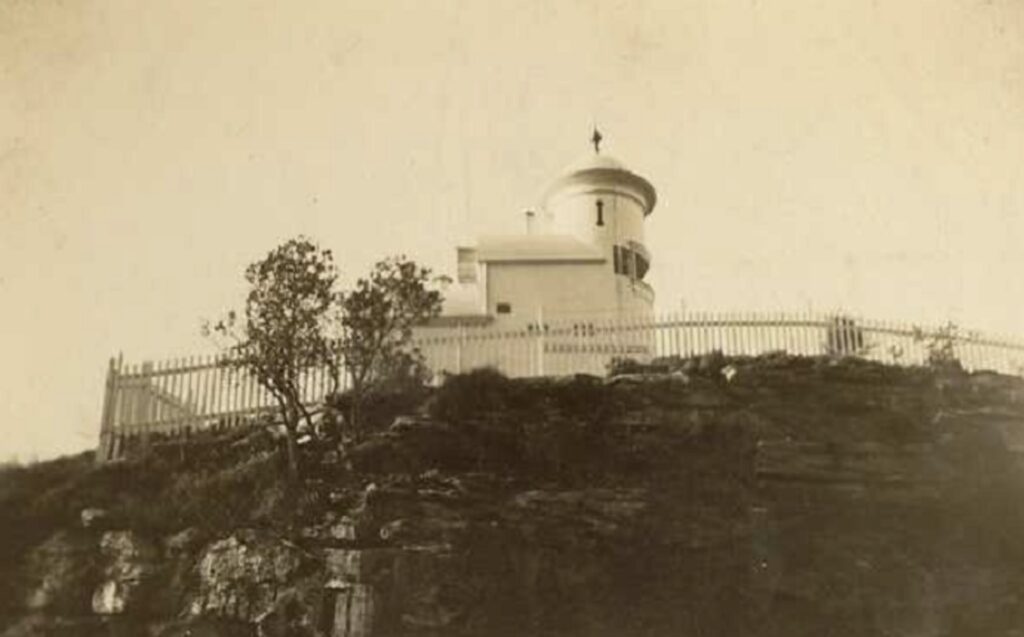
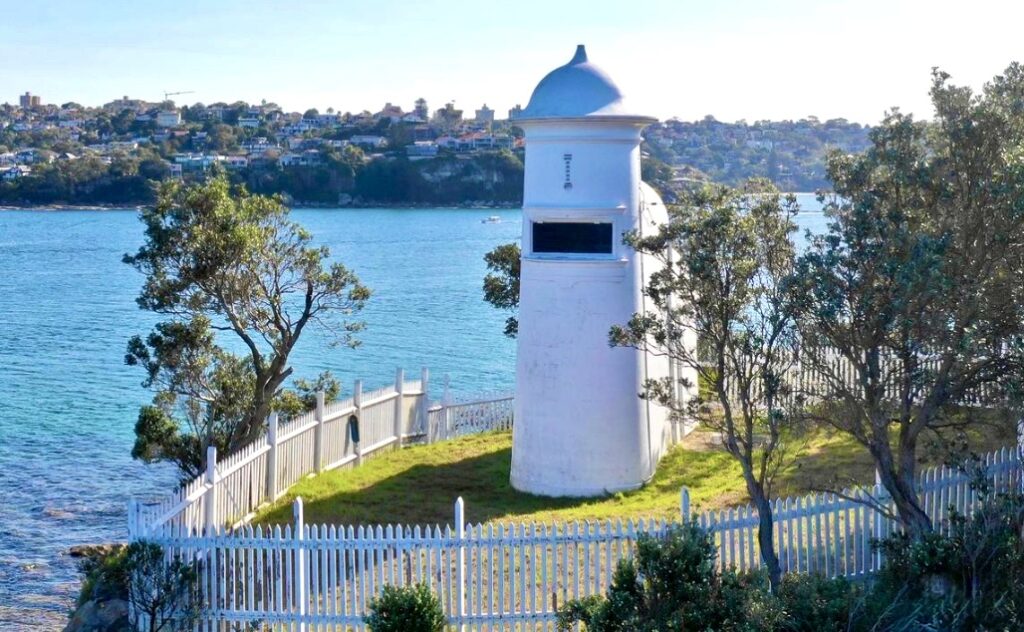
The lighthouse’s early years were marked by manual operation, with keepers tending to its kerosene lamp, then later acetylene gas light. As technology progressed, the light source was electrified, and eventually automated, eliminating the need for permanent lighthouse keepers.
The light is operated by the Sydney Ports corporation while the site is managed by the Department of the Environment as part of the Sydney Harbour National Park. Point:
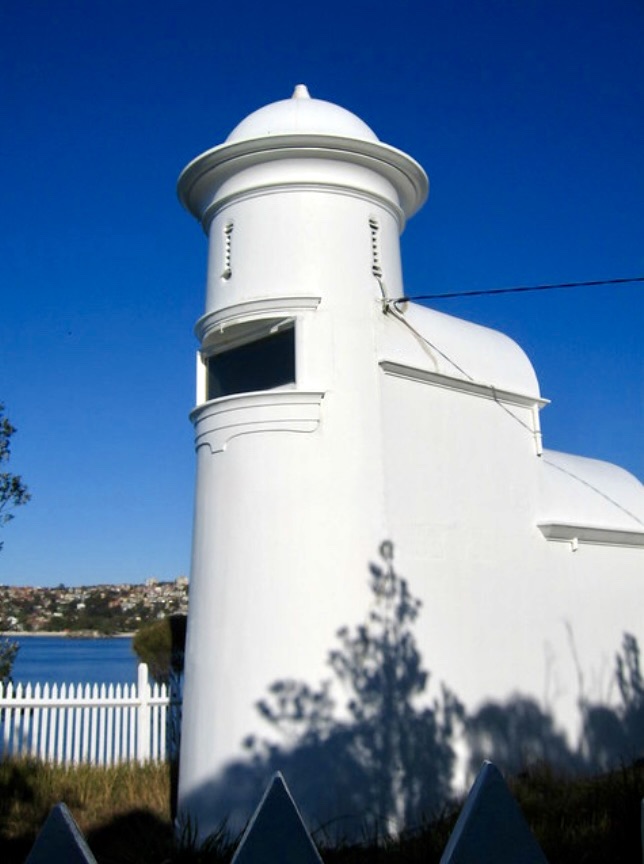
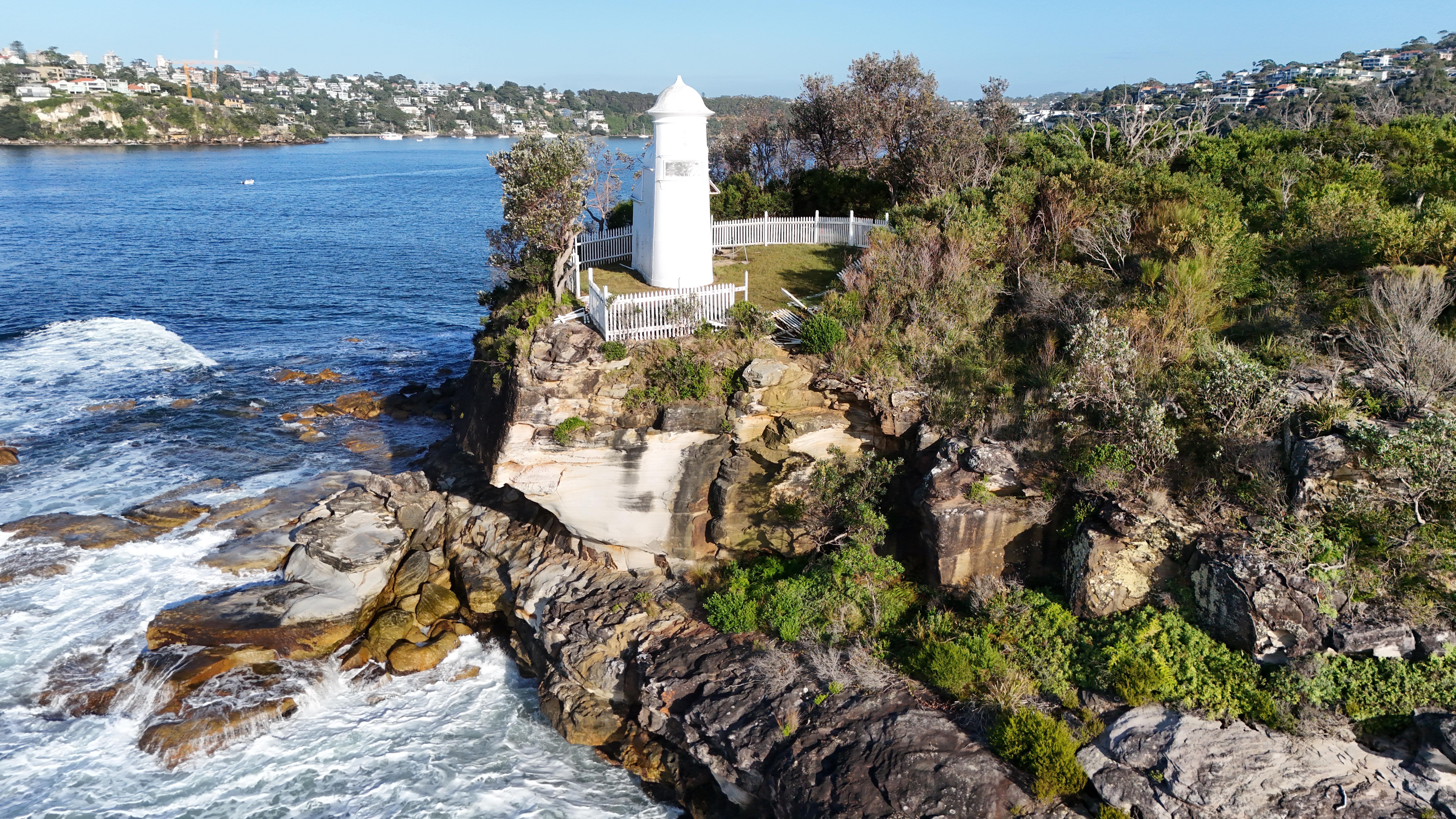
Parriwi Head Light, also known as Rosherville Light and Port Jackson Entrance Range Rear Light, is an active lighthouse located just off Parriwi Road, near Rosherville Reserve on the south side of Middle Harbour in Mosman. It serves as the rear range light, Grotto Point serving as the front light, into Port Jackson.
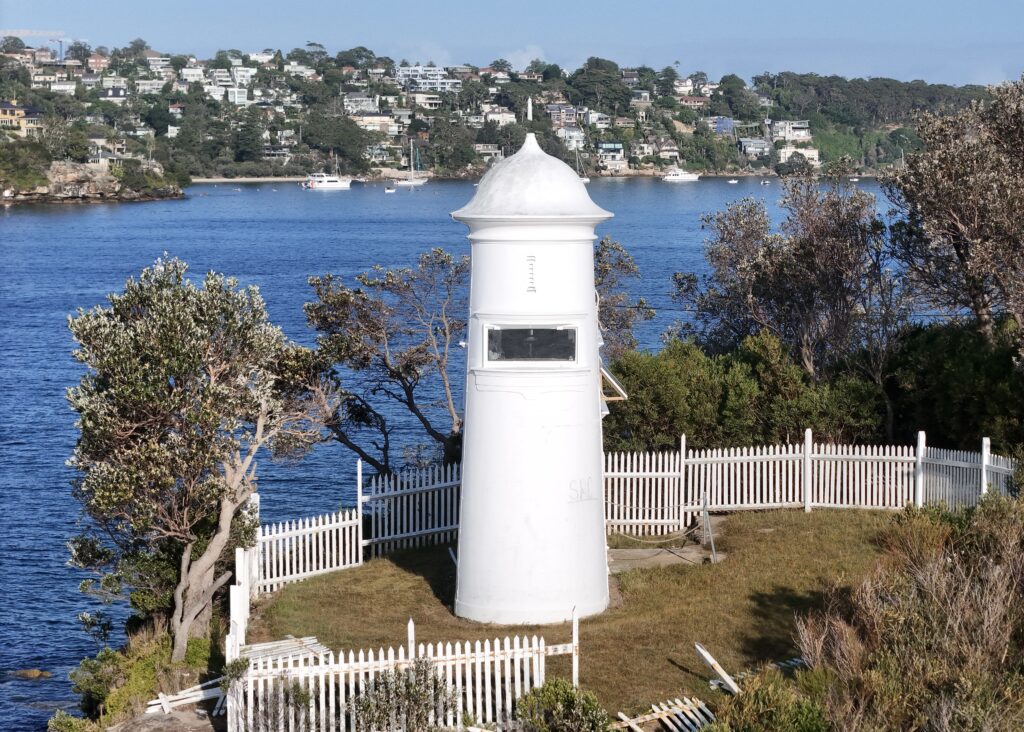
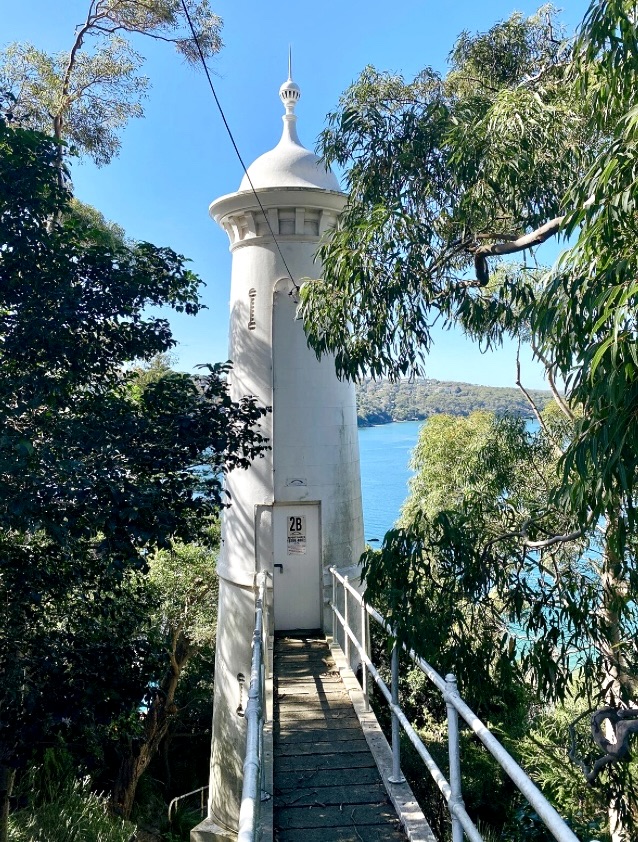
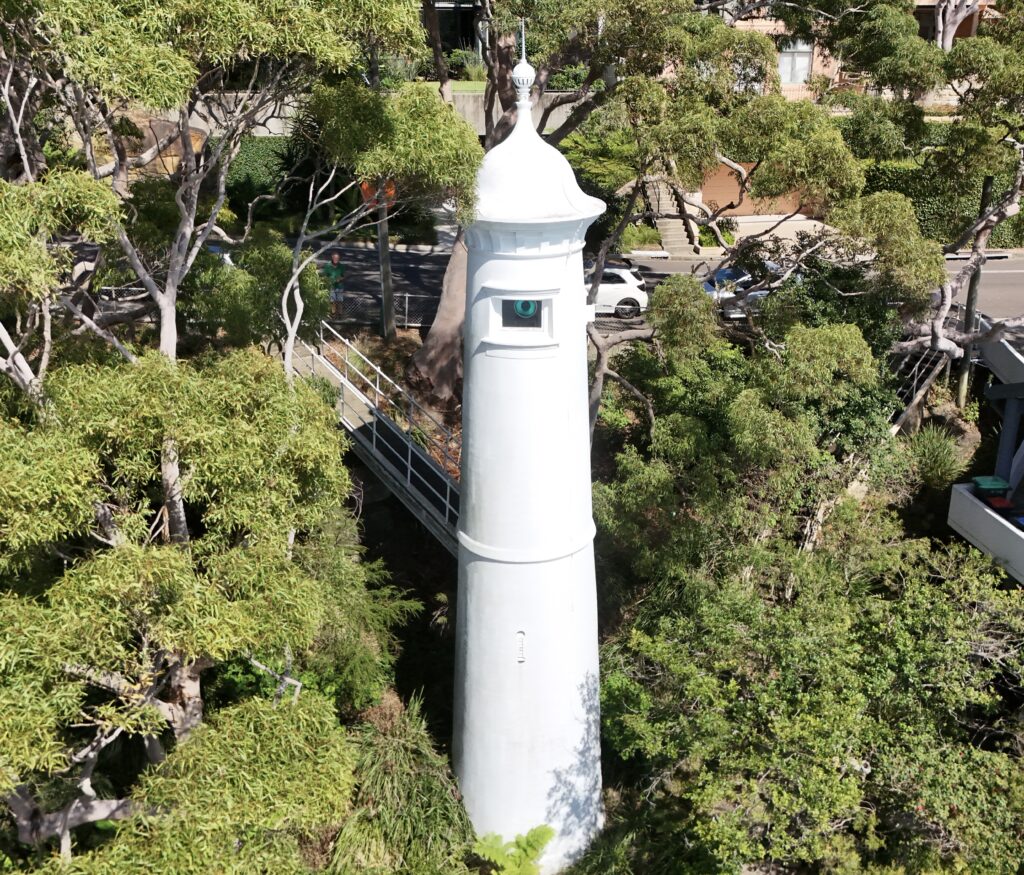
Eastern & Western Pile Lights:
The Eastern and Western Channel Pile Lights, also known as the East & West Wedding Cakes due to their shape, is an active pile lighthouse located on Sydney Harbour, off Laings Point at Vaucluse and Obelisk Beach at Mosman respectively. Together they mark the eastern and western end of the Sow and Pigs, a treacherous reef in the middle of the harbour approximately 3 km inside the heads.
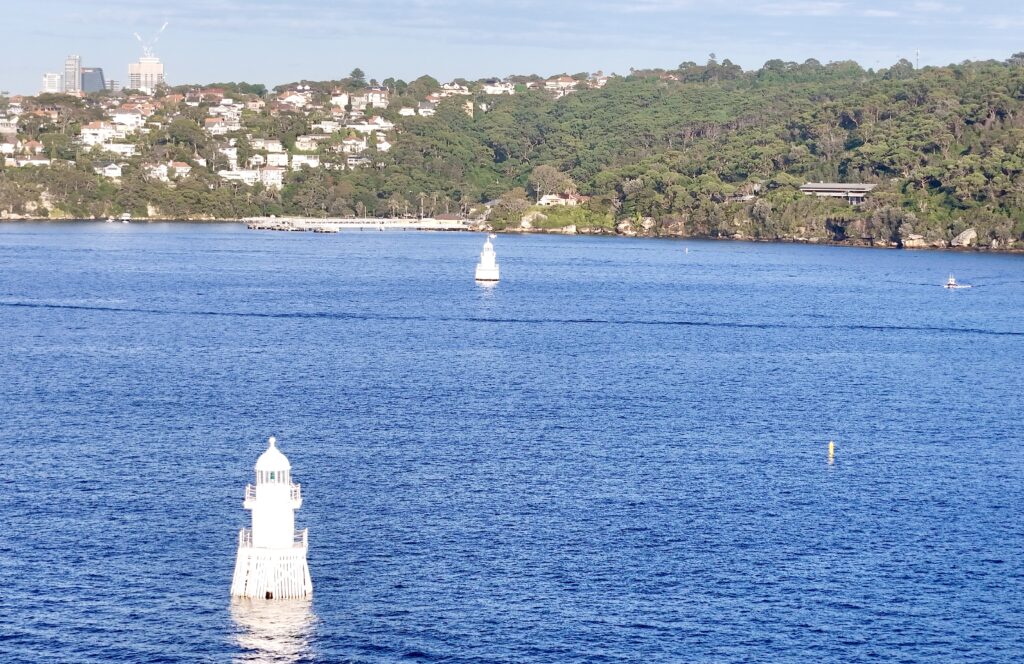

Eastern Pile light background (left).
These lights were established in 1924 and are constructed from concrete bottom (originally known as the “gas house”) with a copper top and a wooden stakes skirt. They were originally lit by a gas powered carbide lamp and later converted to solar power. The Western Channel Pile Light collapsed in December 2006 and was reconstructed and restored to operation in December 2008. These lights are operated by the Port Authority of NSW, accessible only by boat, and is closed to the public.
Vaucluse Bay Range Front and Rear Lights:
Are active lighthouses located on the shoreline and above Vaucluse Bay on the eastern shore of Sydney Harbour. They serve as the front and rear range lights guiding ships down the eastern channel into Sydney Harbour. They are of identical design, sometimes called “Disney Castle” style, with a tower height of 7.9m and a focal height of 16m and 84m respectively, and a distance between the two lights of 945 m.
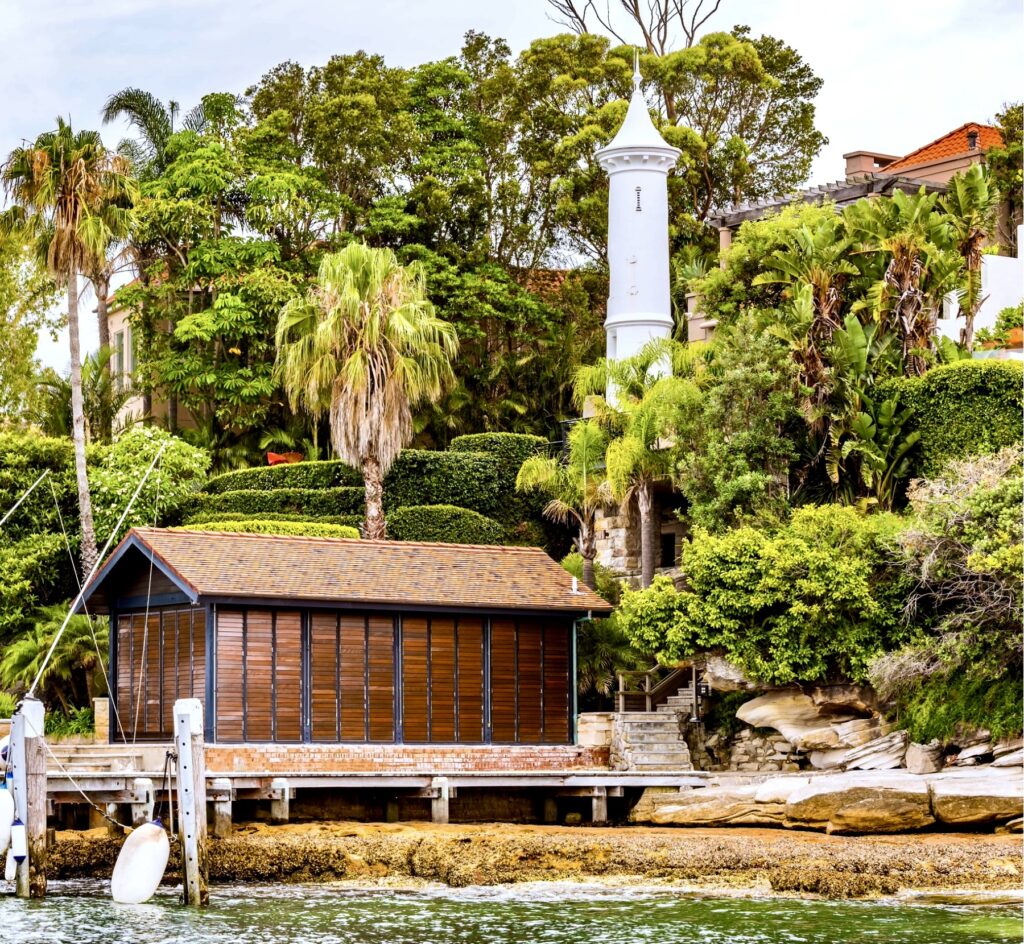

These lights are operated by the Sydney Ports Corporation and located on private land, not accessible to the public, but easily seen from the harbour.
Shark Island Light:
Shark Island Light is just to the north of Shark Island, about 1km from Rose Bay, in Sydney Harbour. Shark Island is a popular picnic area in Sydney Harbour National Park.
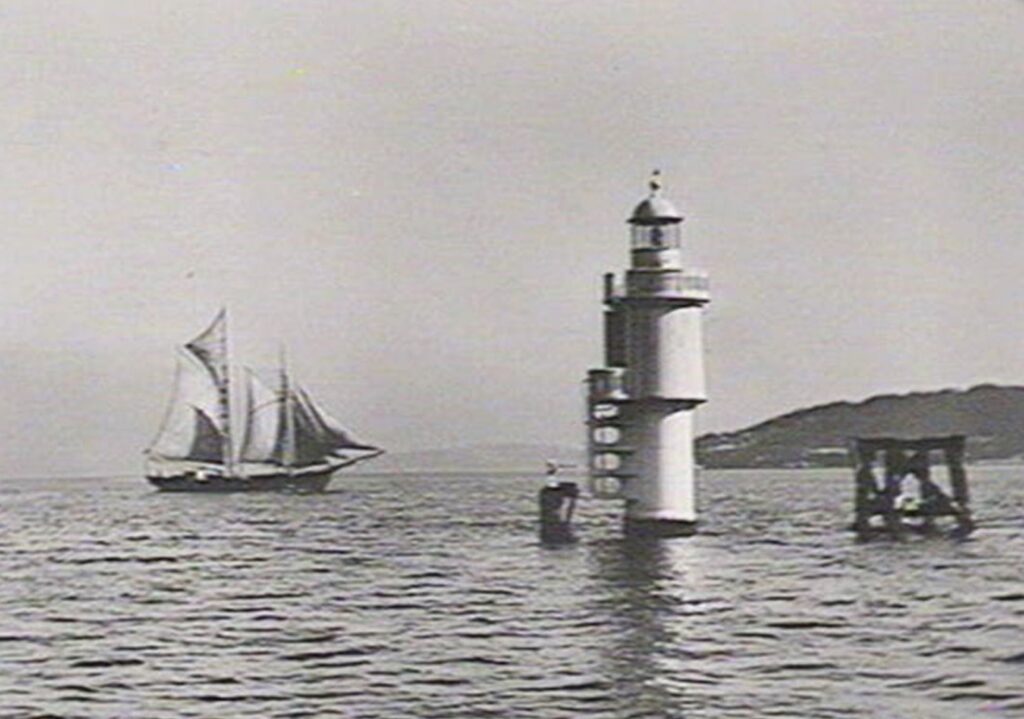
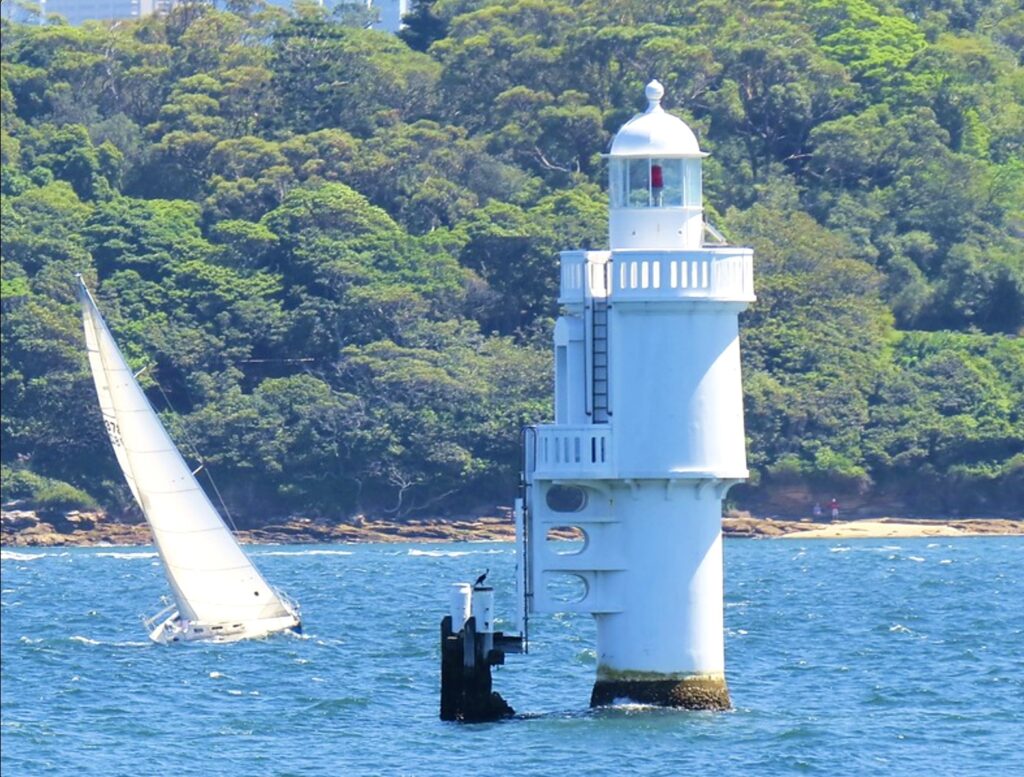
Shark Island has a fractured history as a place of outstanding beauty but also of great danger, to both swimmers and ships. During the nineteenth century, a number of shipwrecks and drownings occurred off the island and in 1890 a white navigation warning light was finally erected; in 1924 this was replaced by a flashing light. During the 1830s the island served as a quarantine station to prevent the introduction of cholera to the colony following an outbreak in Europe. Between 1871 and 1900 imported cattle and dogs were quarantined there.
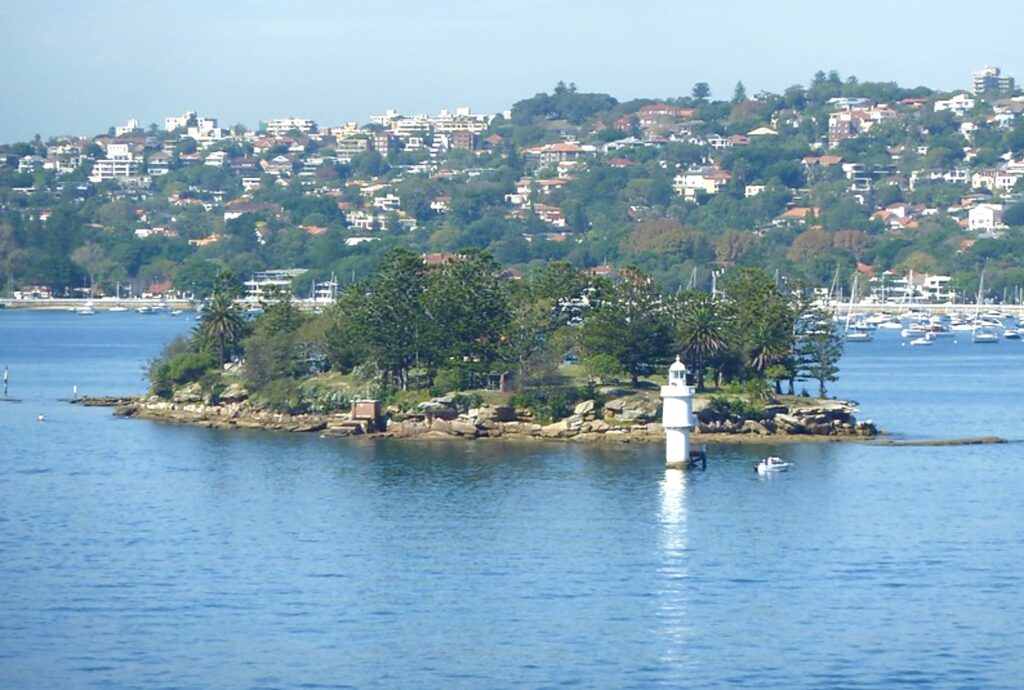

Fort Denison Light:
Fort Denison Light, also known as Pinchgut Light, is an active lighthouse located on top of a Martello Tower at Fort Denision, a former penal site and defensive facility occupying a small island in Sydney Harbour. The island is located downstream from the Harbour Bridge adjacent to Potts Point and the Royal Botanic Gardens. The fort is also known as “Pinchgut” lending its name to the light. The island is also known as Mattewanye or Muddawahnyuh in the local indigenous Eora language.
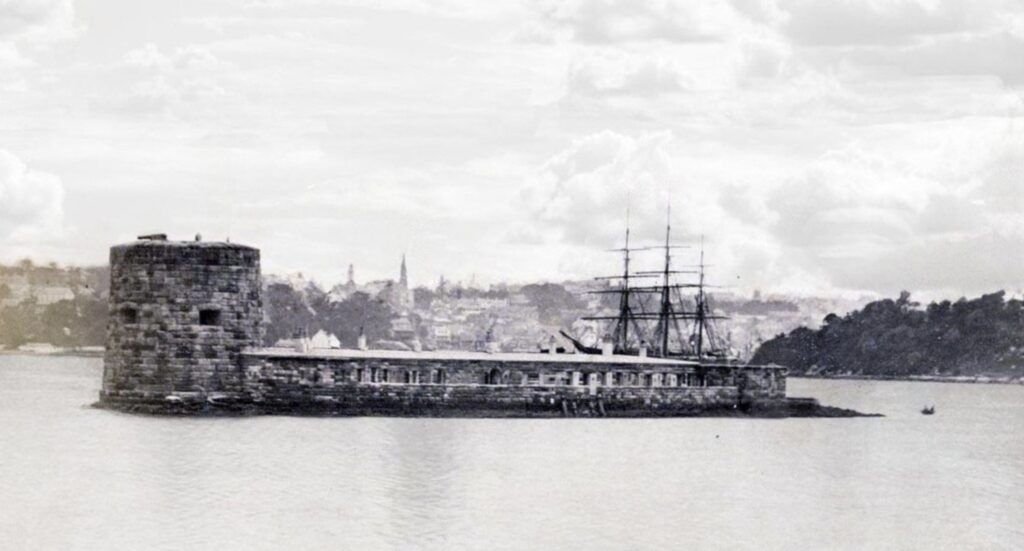
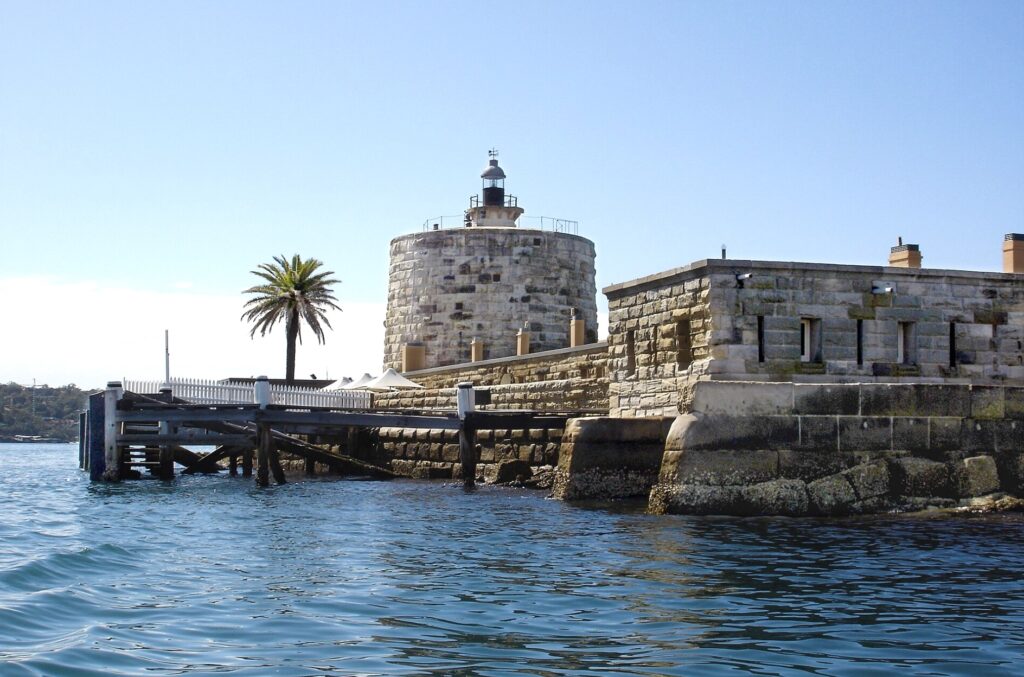
The lantern and light, built in Birmingham, England, were added on top of the Martello Tower in 1913, replacing an 8 inches canon. The original light source was an acetylene gas carbide lamp and it was converted to electricity by 1926. The station also includes a tide gauge, established in the mid-19th century, navigation channel markers, and a fog bell.
The light is managed by the Sydney Ports corporation. The site is managed by the National Parks and Wildlife Service since 1992, as part of the Sydney Harbour National Park.
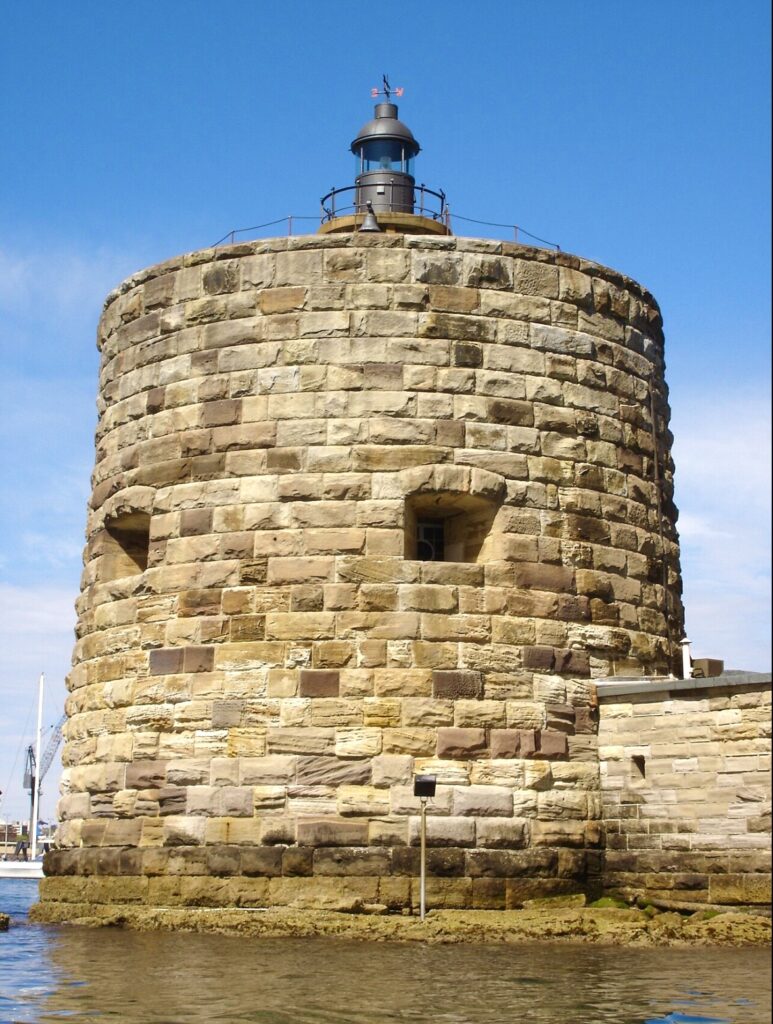

Australian National Maritime Museum:
In June 1985, the federal government announced the establishment of a national museum focusing on Australia’s maritime history and the nation’s ongoing involvement and dependence on the sea. The original intention was for it to be ready in time for our bicentennial celebrations in 1988, but the usual bickering between the states and bureaucratic inefficiencies saw the opening date pushed back to 1991. However the end result was worth the wait as the location and museum itself is an amazing testament to our maritime history and brings to life echos of bygone days for current and future generations to appreciate and enjoy.
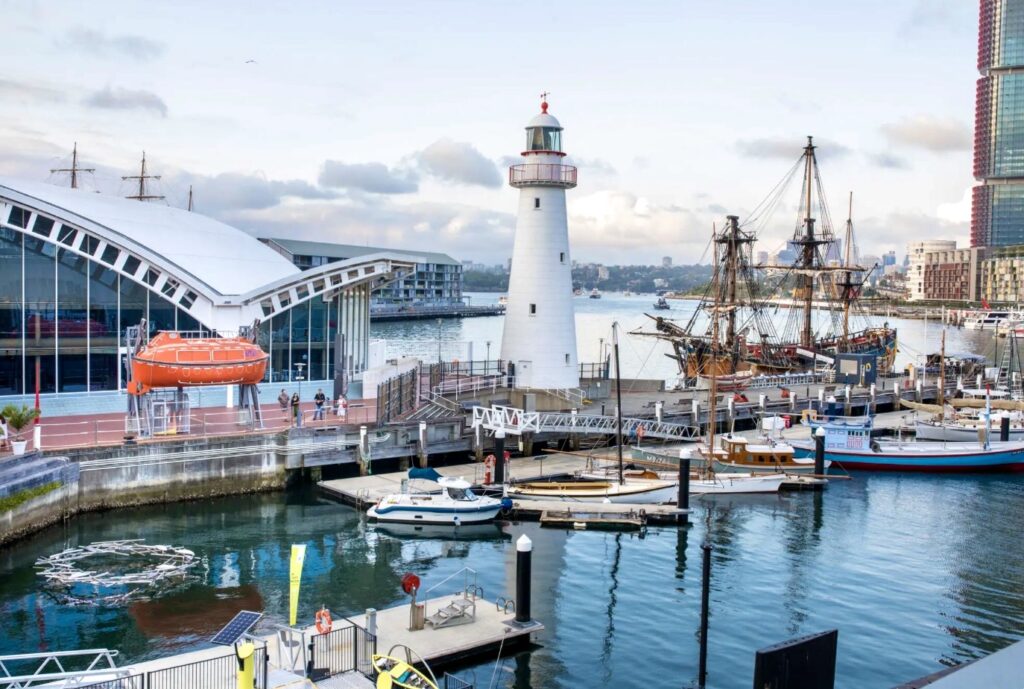
Cape Bowling Green Lighthouse:
While no longer in service the original Cape Bowling Green lighthouse now on display at the Australian Maritime Museum at Darling Harbour in Sydney deserves it’s place as a star attraction due to the significant role it, and other similar lighthouses played in Australia’s maritime history, it preserves the historic link to the technology and knowhow of a bygone era.
The Cape Bowling Green lighthouse was originally built by John and Jacob Rooney between July 1873 to October 1874, and located 40 km S.E. of Townsville across Bowling Green Bay.
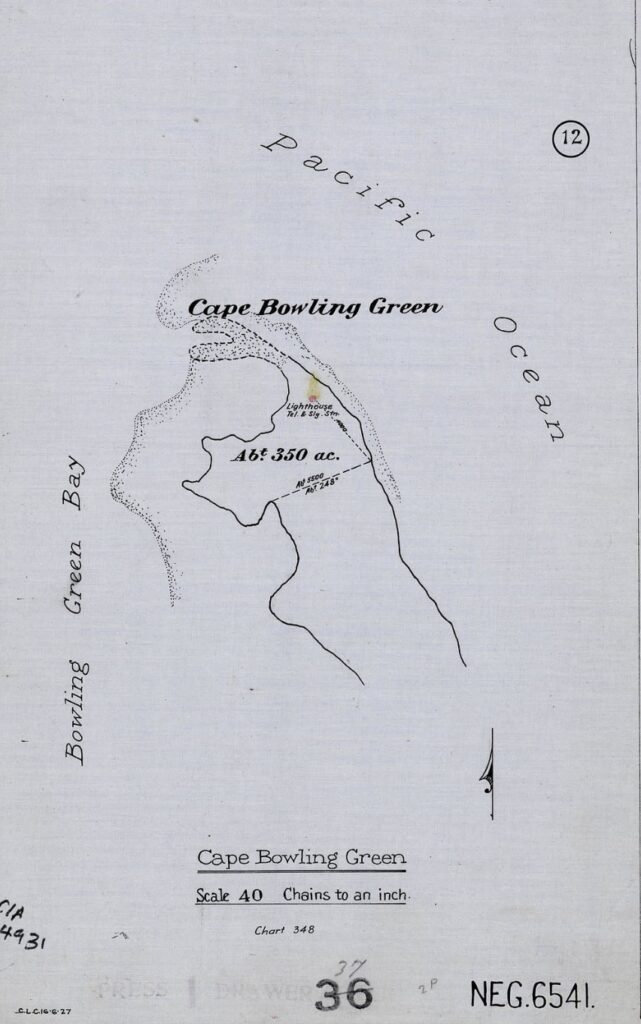

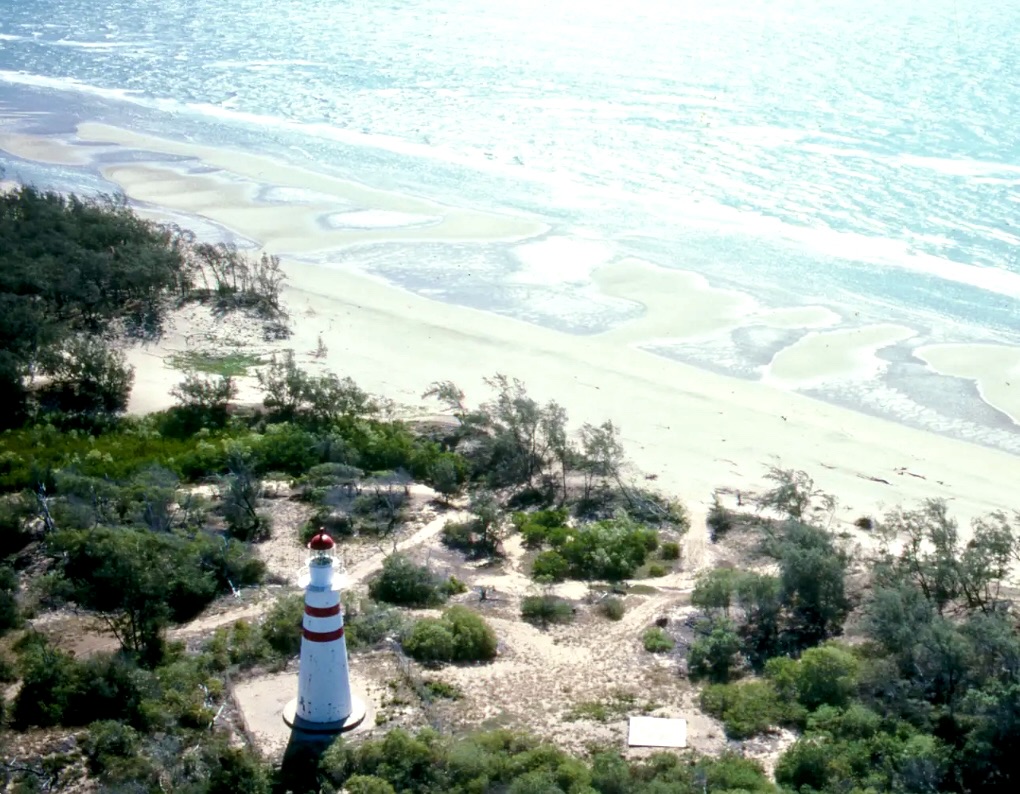
The lighthouse is 25m tall and of the ‘ironclad’ design popular at the time in Queensland and consists of a hardwood frame surrounded by prefabricated iron cladding imported from Great Britain, with softwood internal staircase and floors. At the top of the tower is a cast iron compartment called the lantern room, in which the lens is housed. Chance Brothers supplied the original third-order dioptric rotating light and the fuel system which operated on kerosene. A clockwork mechanism rotated the light, which then had a range of 14 nautical miles. Due to it’s remoteness, degradation of the structure and an ongoing sand erosion problem the lighthouse was replaced by an automated iron skeletal tower in 1987, and the lighthouse decommissioned.
During it’s operational life it witnessed a number of serious maritime incidents including Australia’s worst peacetime maritime disaster, the loss of the S.S. Yongala which disappeared during a cyclone on the night of the 23rd April ,1911 with the loss of all 122 lives. The fate of the ship remained a mystery until the wreck was discovered in 1958 on the ocean floor 22 km east of Cape Bowling Green. Ironically three of the victims were Matthew Rooney, who’s company built the Cape Bowling Green lighthouse 35 years earlier was one of the victims, along with his wife and daughter.
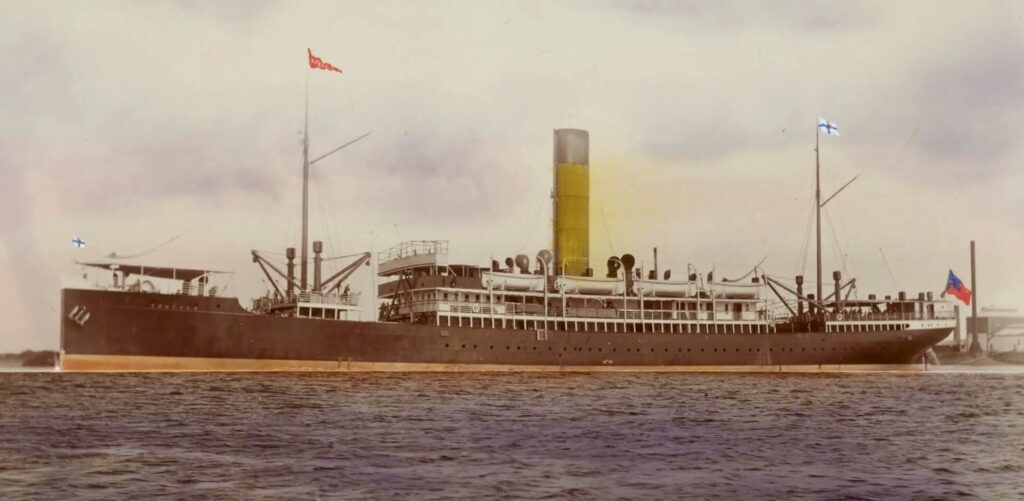
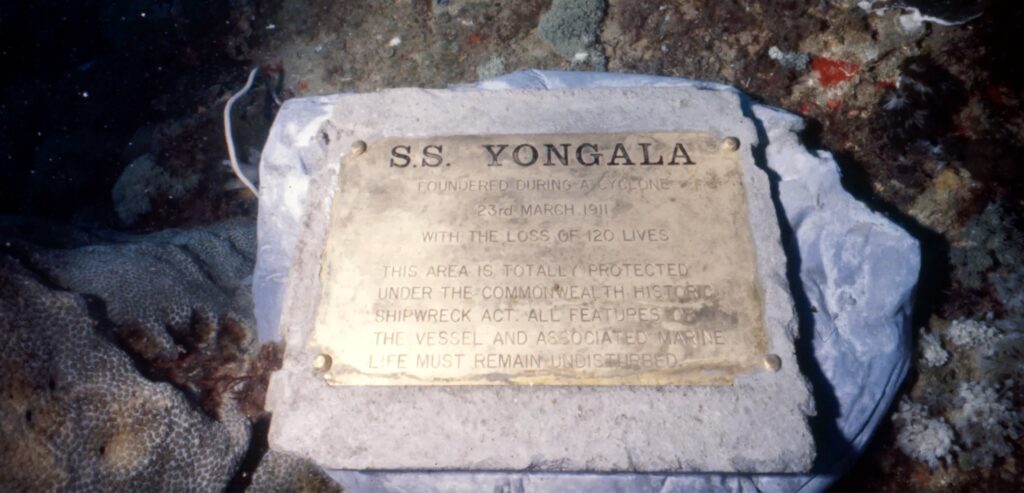
While at first glance the lighthouse seems to be a solid, immovable structure in fact it was designed for ready disassembly and has been moved at least three times in its 150-year life. Twice due to beach erosion at it’s original location and once, in 1987 when it was dismantled and transported to Sydney.
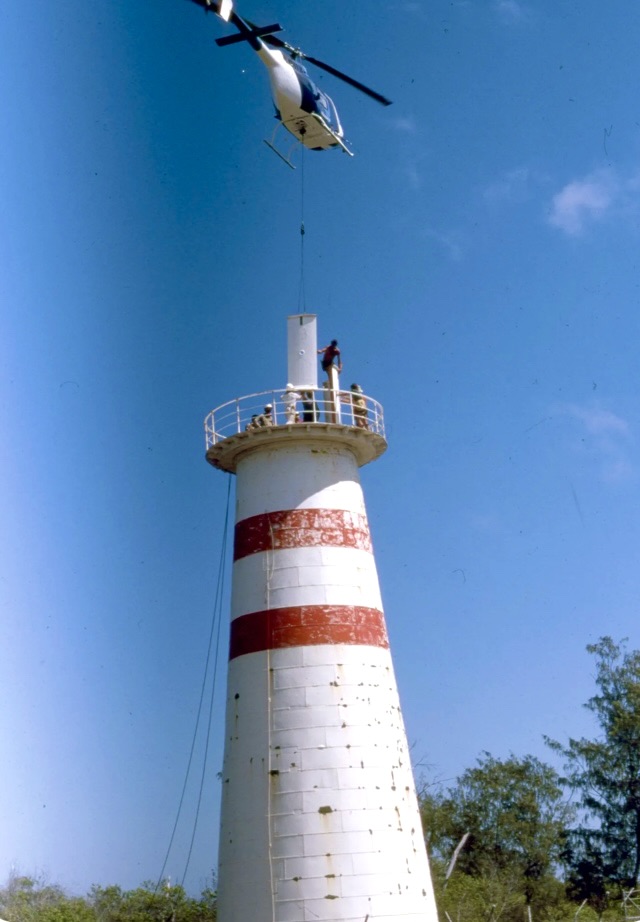

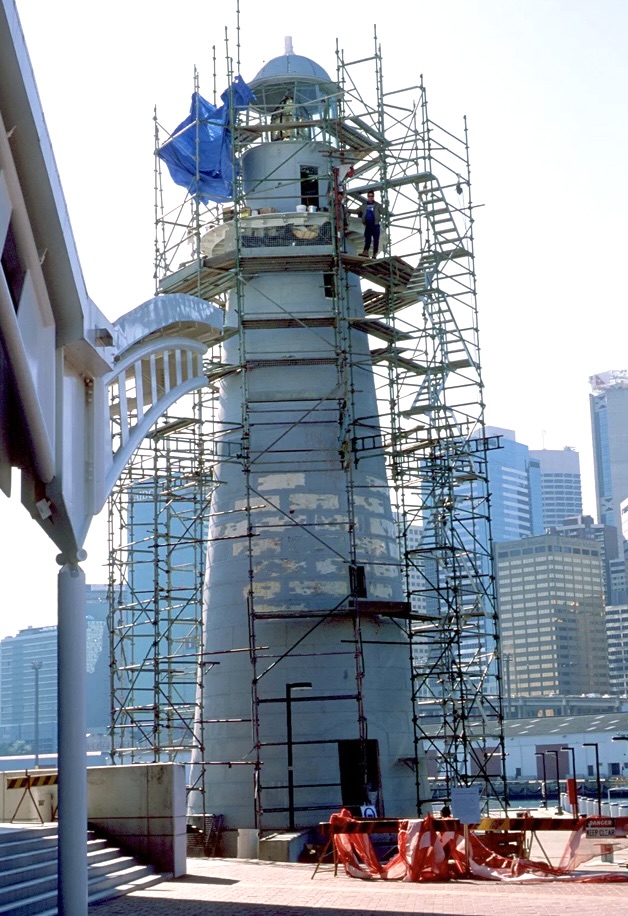
Finally, after a six year wait and thanks a generous donation from the Australian Maritime Safety Authority (AMSA) essential conservation on the lighthouse was carried out and the Australian National Maritime Museum was ready the rebuild the Cape Bowling Green Light. Reconstruction of the lighthouse started in late 1993 and the lighthouse was open to the public in 1994, since then it has become one of the most popular attractions at the museum and continues to attract new lighthouse enthusiasts every day.
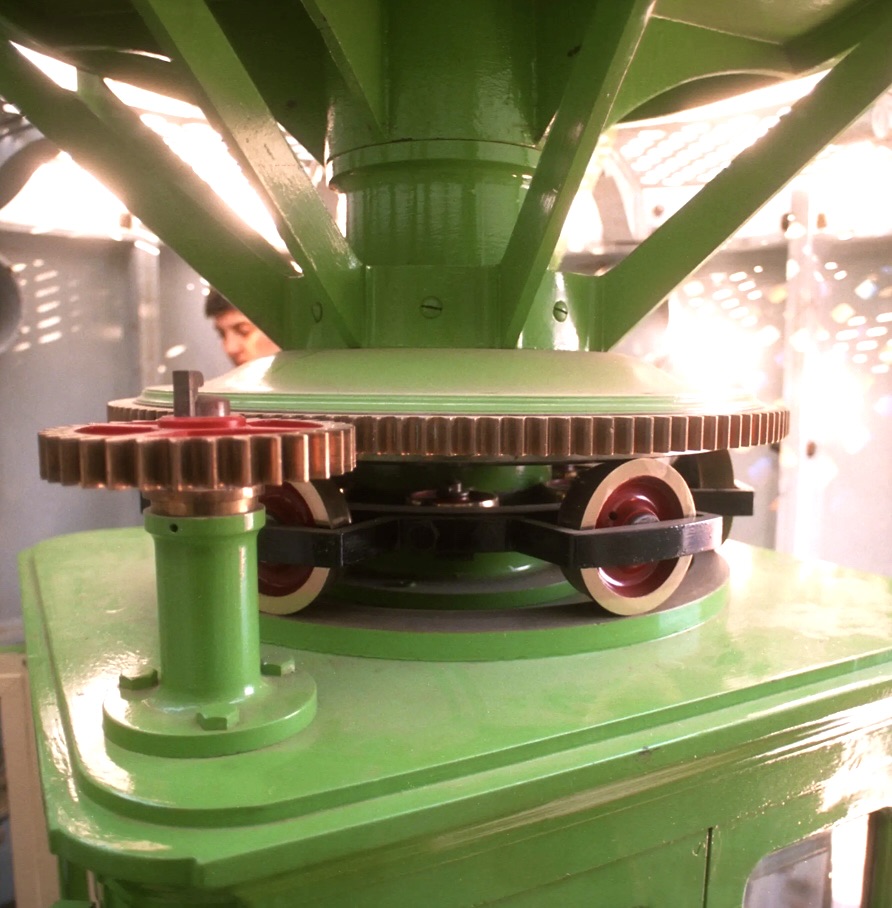
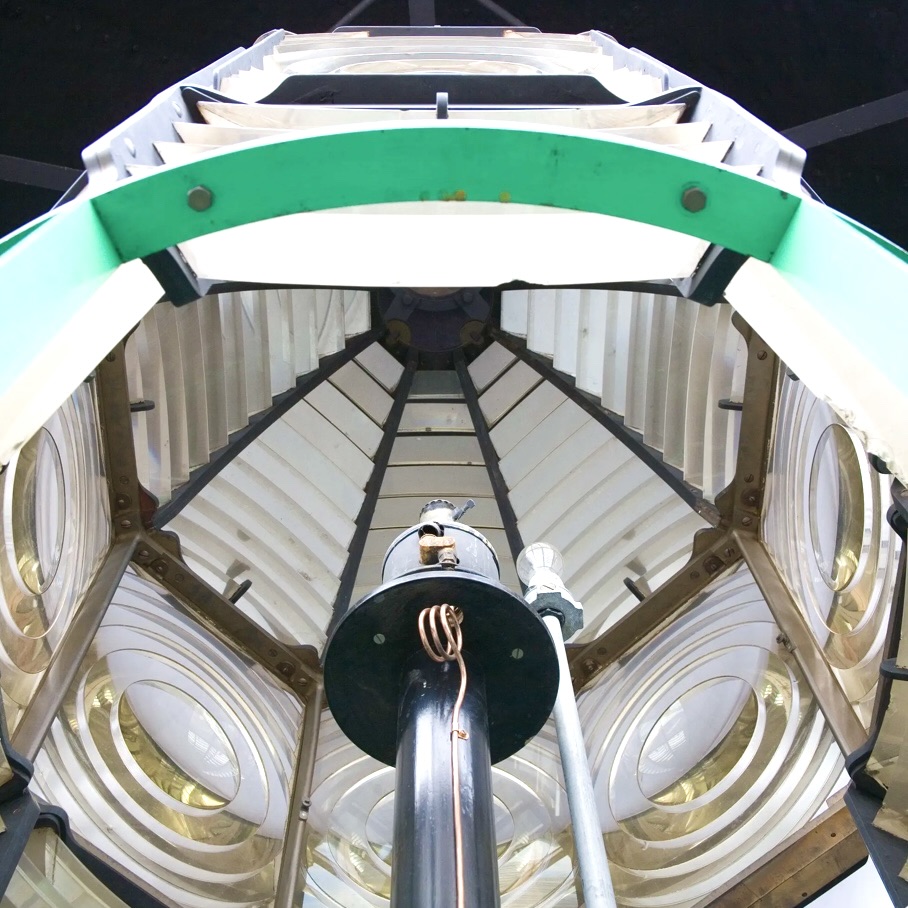

Carpentaria Lightship (CLS 4):
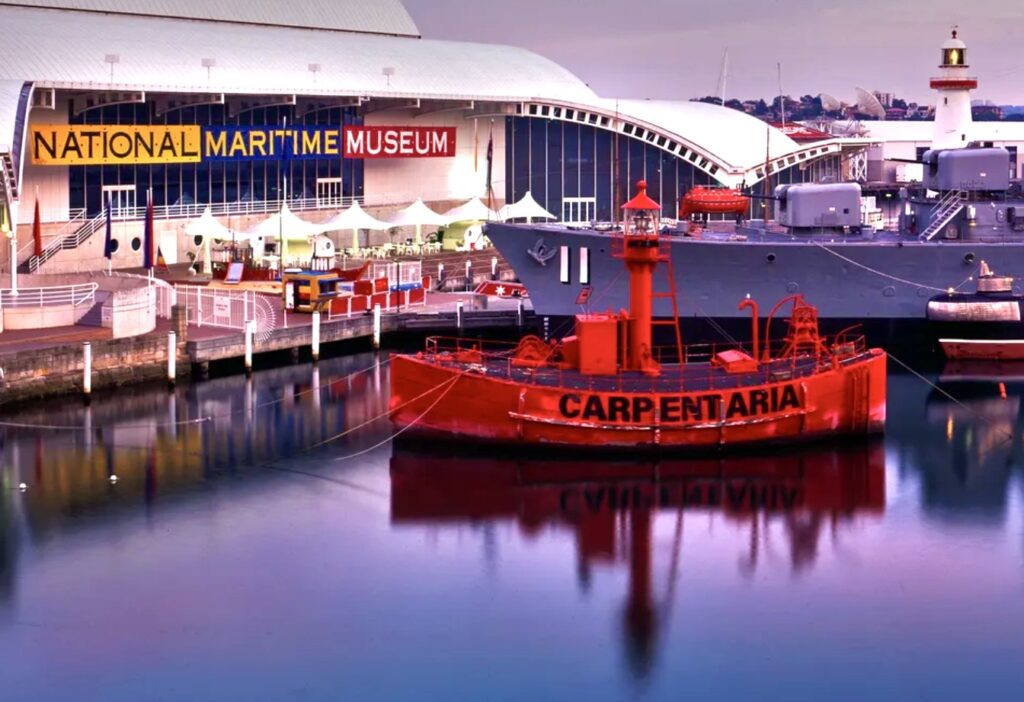
Commonwealth Lightship 4 (CLS4), CARPENTARIA, was one of four uncrewed lightships designed by D & C Stevenson of Edinburgh (the same Stevenson family company who for four generations had designed the UK’s earliest lighthouses and the famous Stevenson’s Rocket steam engine), and built at Cockatoo Island Dockyard, Sydney in 1916-17. It originally used an automatic acetylene light with a sunlight-operated valve to turn it on and off. Painted red with its name in huge letters on the side, it was easily recognisable to navigators. CLS4 retired in 1985 after an encounter with container shipping in Bass Strait almost sank the vessel.
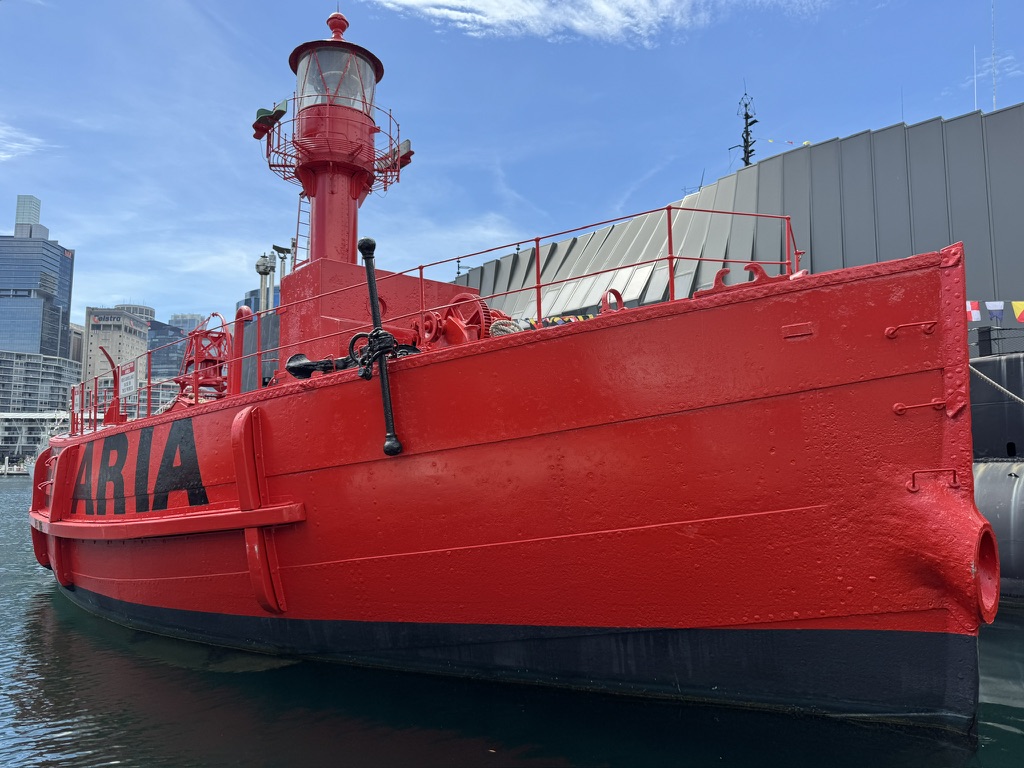
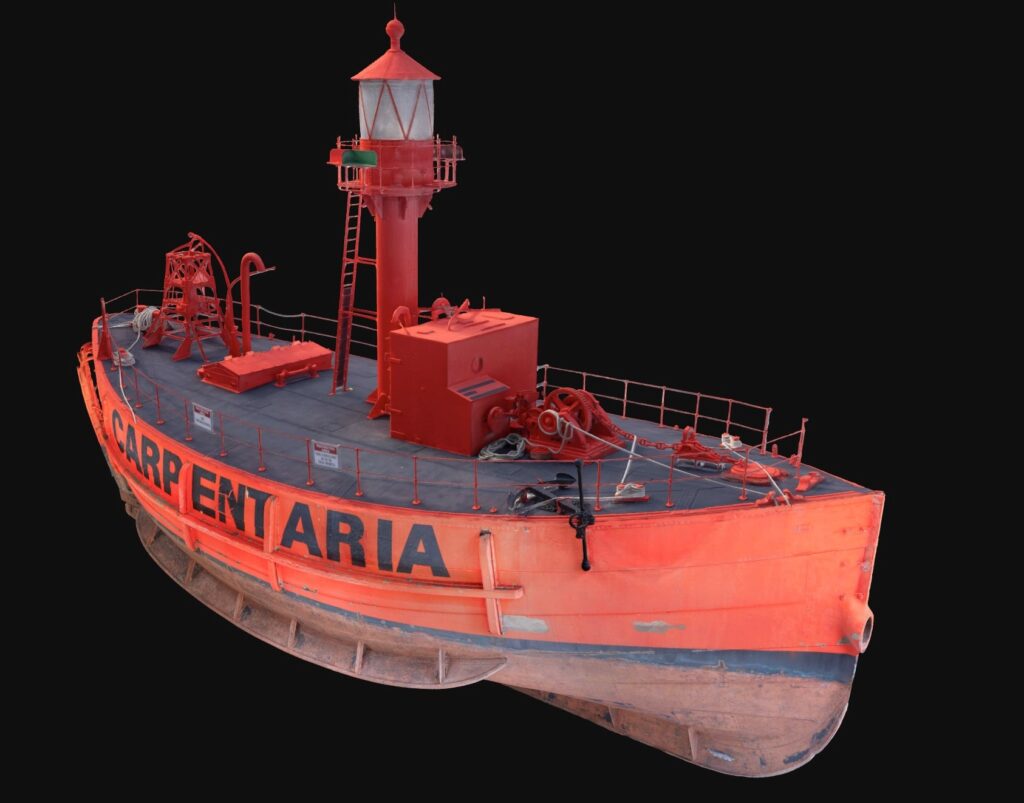
Robertson Point Light:
Robertson Point Light, also known as Cremorne Point Light, is an active lighthouse at the end of Cremorne Point on the lower north shore of Sydney. It is the sibling of it’s next door neighbour at Bradley’s Head and first lit in 1934. Both lights are equipped fog alarms are are designed to warn passing ships of the respective points they are located on both of which encroach into the main harbour channels and require course alterations to allow safe passage.

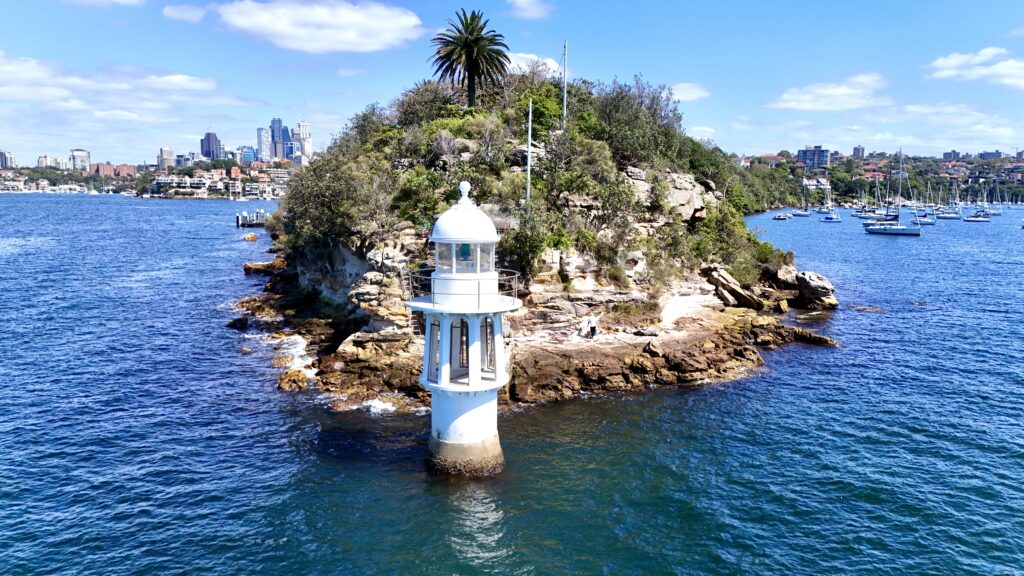
Both lighthouses are mounted rocks off the end of the points and connected to shore by a footbridge. The light characteristic shown is a green occulting light with a cycle of three seconds (Oc.G. 3s), the same as Bradleys Head Light. The light is operated by the Sydney Ports Corporation, while the site is managed by the North Sydney Municipal Council as part of the Cremorne Point Reserve.

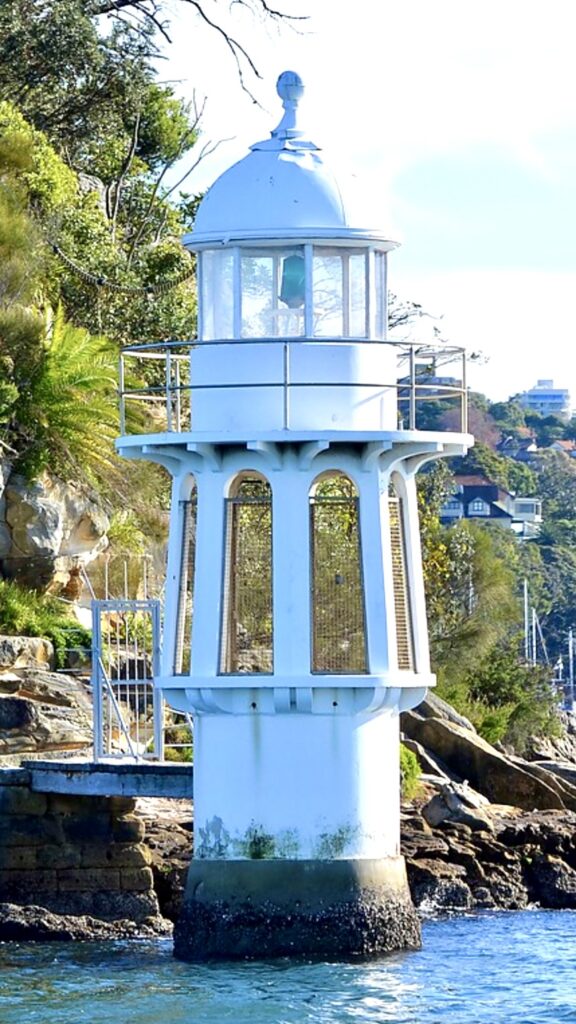
Bradley’s Head Light:
The Bradleys Head Light is an active heritage-listed lighthouse at Bradley’s Head, a headland protruding from the north shore of Sydney Harbour in the suburb of Mosman on Sydney’s lower North Shore. As mentioned it’s the sibling of Robertson Point Light. The site is owned and managed as part of the Sydney Harbour National Park by the NSW National Parks and Wildlife Service, while the light is managed and operated by Sydney Ports Corporation. It was added to the NSW State Heritage Register on 18th April 2000.
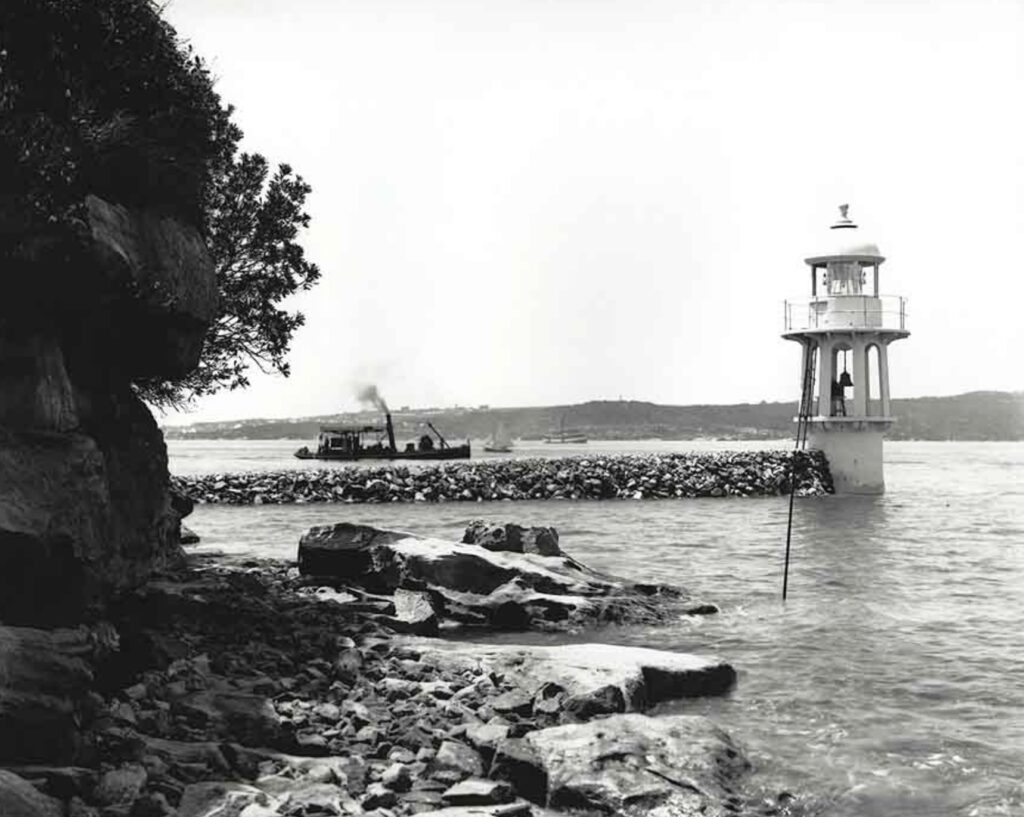
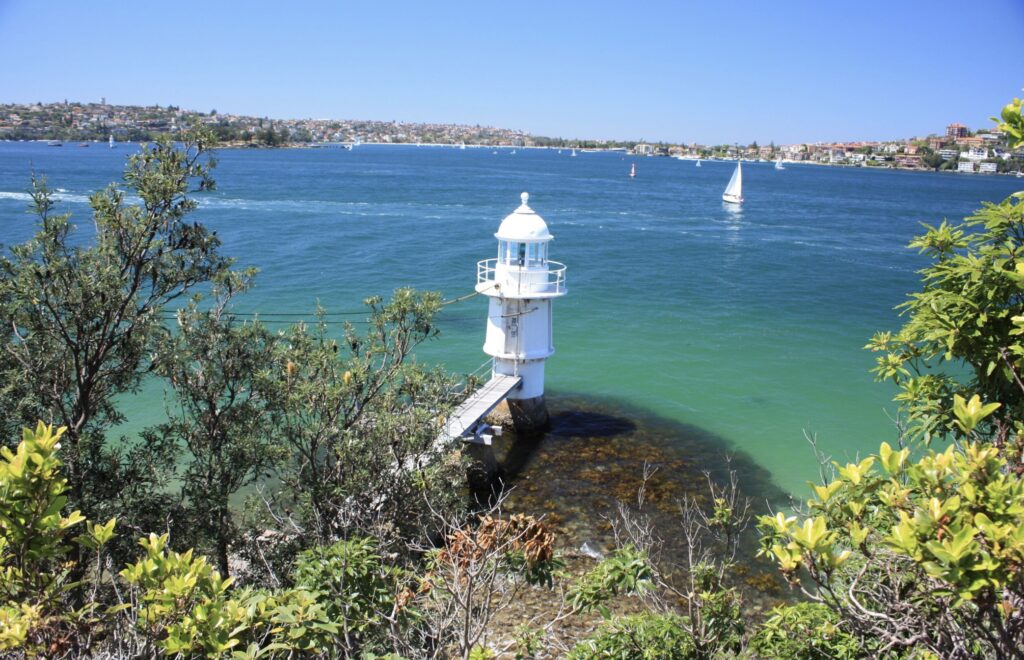
The light was introduced in 1905 as a navigation marker and warning light to ships entering and leaving the harbour. A fog siren was added in 1906 and modified in 1936 to a design is similar to the 1934 design of Robertson’s Point.
The site is open and accessible to the public, but the tower itself is closed. Close to the lighthouse is the foremast of the cruiser HMAS Sydney, a monument for Australian sailors killed at war.
